A rich heritage in the heart of the French Minervois
The history of the Cathars in the Languedoc area
The Cathars (also known as Cathari from the Greek Katharoi for “pure ones”) were a dualist medieval religious sect of Southern France which flourished in the 12th century CE and challenged the authority of the Catholic Church. They were also known as Albigensians for the town of Albi, which was a strong Cathar center of belief. Cathar priests lived simply, had no possessions, imposed no taxes or penalties, and regarded men and women as equals; aspects of the faith which appealed to many at the time disillusioned with the Church. Cathar beliefs ultimately derived from the Persian religion of Manichaeism but directly from another earlier religious sect from Bulgaria known as the Bogomils who blended Manichaeism with Christianity.

Records from the Roman Catholic Church mention them under various names and in various places. Catholic theologians debated with themselves for centuries whether Cathars were Christian heretics or whether they were not Christians at all. The question is apparently still open. Roman Catholics still refer to Cathar belief as “the Great Heresy” though the official Catholic position is that Catharism is not Christian at all.
- Perfecti – those who had renounced the world, the priests and bishops
- Credentes – believers who still interacted with the world but worked toward renunciation
- Sympathizers – non-believers who aided and supported Cathar communities
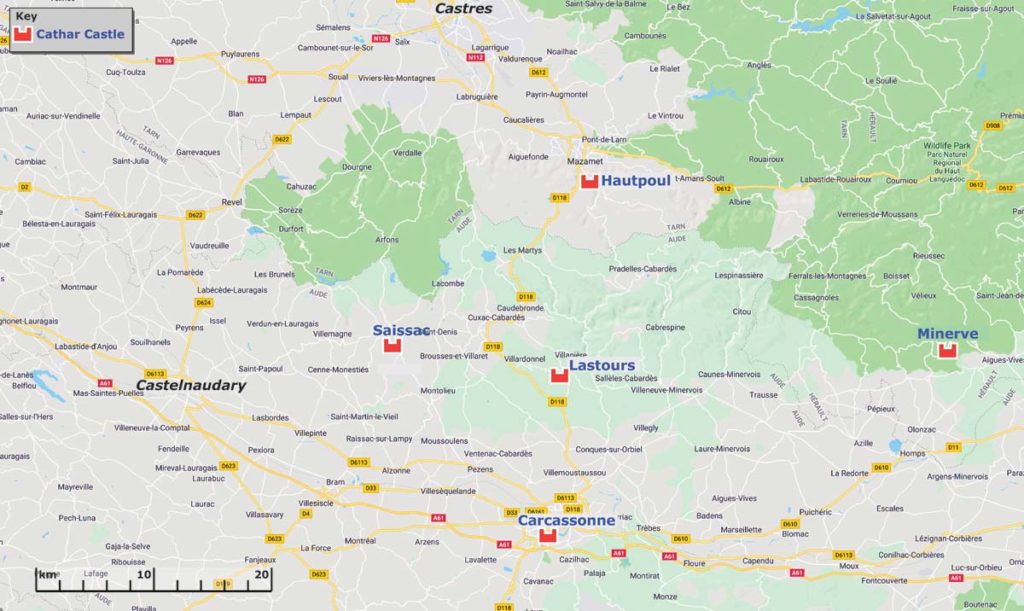
Cathars rejected the teachings of the Catholic Church as immoral and most of the books of the Bible as inspired by Satan. They criticized the Church heavily for the hypocrisy, greed, and lechery of its clergy, and the Church’s acquisition of land and wealth. Not surprisingly, the Cathars were condemned as heretical by the Catholic Church and massacred in the Albigensian Crusade (1209-1229 CE) which also devastated the towns, cities, and culture of southern France.
The religion flourished in an area often referred to as the Languedoc, broadly bordered by the Mediterannean Sea, the Pyrenees, and the rivers Garonne, Tarn and Rhône -— and corresponding to the new French region of Occitanie (or the old French regions of Languedoc-Roussillon and Midi-Pyrénées)
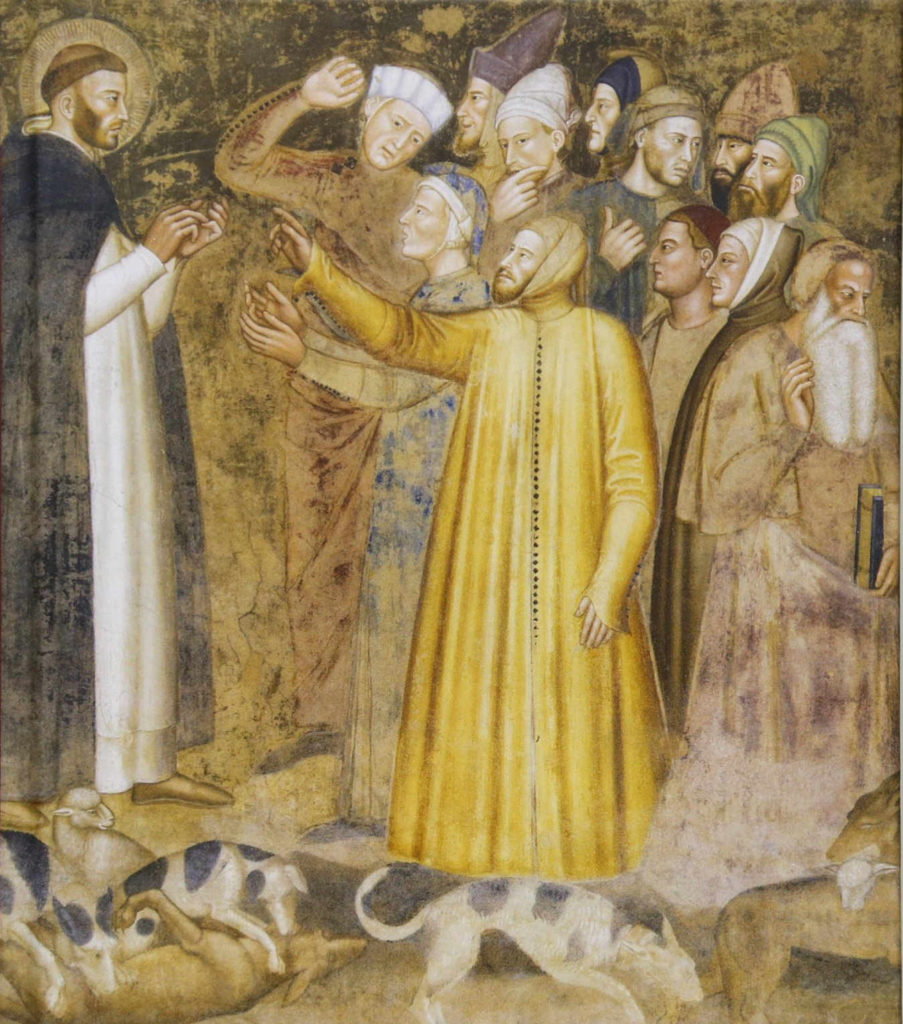
Cathar beliefs included:
- Recognition of the feminine principle in the divine – God was both male and female. The female aspect of God was Sophia, “wisdom”). This belief encouraged equality of the sexes in Cathar communities.
- Metempsychosis (Reincarnation) – a soul would be continually reborn until it renounced the world completely and escaped incarnation.
- Cosmic Duality – the existence of two powerful deities in the universe, one good and one evil, who were in a constant state of war. The purpose of life was to serve the good by serving others and escape from the cycle of rebirth and death to return home to God.
- Vegetarianism – though eating fish was allowed to credentes and sympathizers.
- Celibacy for perfecti – celibacy was also encouraged generally since it was thought that every person born was just another poor soul trapped by the devil in a body. Marriage overall was discouraged.
- The dignity of manual labor – the Cathars all worked, priests as well as laypeople, many as weavers.
- Suicide (known as the ritual of endura) as a rational and dignified response under certain conditions.
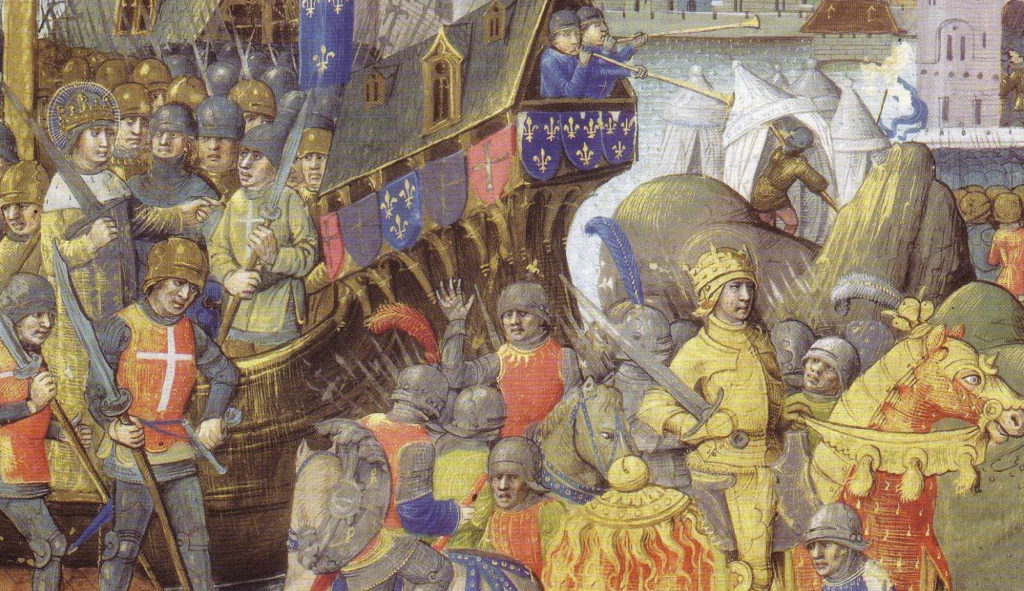
As Dualists, Cathars believed in two principles, a good god and his evil adversary (much like God and Satan of mainstream Christianity). The good principle had created everything immaterial (good, permanent, immutable) while the bad principle had created everything material (bad, temporary, perishable). Cathars called themselves simply Christians; their neighbours distinguished them as “Good Christians”. The Catholic Church called them Albigenses, or less frequently Cathars.
Cathars maintained a Church hierarchy and practiced a range of ceremonies, but rejected any idea of priesthood or the use of church buildings. They divided into ordinary believers who led ordinary medieval lives and an inner Elect of Parfaits (men) and Parfaites (women) who led extremely ascetic lives yet still worked for their living – generally in itinerant manual trades like weaving. Cathars believed in reincarnation and refused to eat meat or other animal products. They were strict about biblical injunctions – notably those about living in poverty, not telling lies, not killing and not swearing oaths.

In the Languedoc, known at the time for its high culture, tolerance and liberalism, the Cathar religion took root and gained more and more adherents during the twelfth century. By the early thirteenth century Catharism was probably the majority religion in the area. Many Catholic texts refer to the danger of it replacing Catholisism completely.
Catharism was supported or at least tolerated by the nobility as well as the common people. This was yet another annoyance to the Roman Church which considered the feudal system to be divinely ordained as the Natural Order (Cathars disliked the feudal system because it depended on oath taking).
From 1208, a war of terror was waged against the indigenous population of the Languedoc and their rulers: Raymond VI of Toulouse, Raymond-Roger Trencavel, Raymond Roger of Foix in the first generation and Raymond VII of Toulouse, Raymond Trencavel II, and Roger Bernard II of Foix in the second generation. During this period an estimated half-million Languedoc men, women and children were massacred, Catholics as well as Cathars. The Crusaders killed the locals indiscriminately – in line with the the famous injunction recorded by a Cistercian chronicler as being spoken by his fellow Cistercian, the Abbot in command of the Crusader army at Béziers.
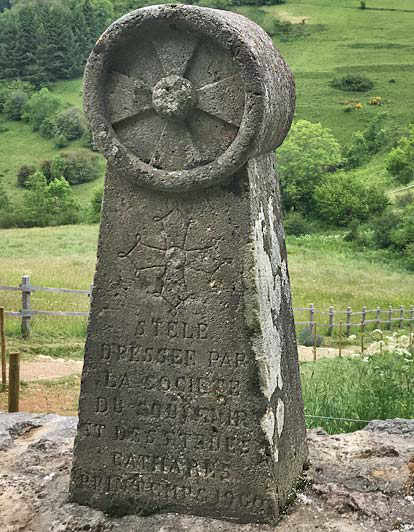
The Counts of Toulouse and their allies were dispossessed and humiliated, and their lands later annexed to France. Educated and tolerant Languedoc rulers were replaced by relative barbarians; Dominic Guzmán (later Saint Dominic) founded the Dominican Order. Within a few years the first papal Inquisition, manned by the Dominicans, was established explicitly to wipe out the last vestiges of resistance.
At the end of the extermination of the Cathars, the Roman Church had proof that a sustained campaign of genocide can work. It also had the precedent of an internal Crusade within Christendom, and the machinery of the first modern police state that could be reconstructed for the Spanish Inquisition, and again for later Inquisitions and genocides. Chateaubriand referred to the crusade as “this abominable episode of our history”. Voltaire observed that “there was never anything as unjust as the war against the Albigensians”.
Today, there are still many echoes of influences from the Cathar period, from International geopolitics down to popular culture. There are even Cathars alive today, or at least people claiming to be modern Cathars. There are historical tours of Cathar sites and also a flourishing, if largely superficial, Cathar tourist industry in the Languedoc, and especially in the Aude département.
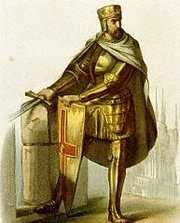
Simon de Montfort
Leader of the crusade against the Albigensians, he led this war with courage and cruelty. He had already distinguished himself for his bravery during the Fourth Crusade. He represents the ‘Puritanism of the North’. He is the perfect opposite of his enemy, Count Raymond VI of Toulouse, the symbol of the ‘southern libertine’. They are the model of the clash of the two cultures.

Minerve and catharism
An obedience of the Viscounts of Carcassonne in 1127, then of Béziers in 1171, Minerve became a possession of the King of Aragon from 1179.
At the beginning of the 13th century, Minerve became a place of passage and residence for the Cathars. As one of the three strategic places (along with Termes and Lastours) that controlled the region, Minerve was the object of a siege in 1210 (from 15 June) by Simon de Montfort’s crusaders.
A war machine (“la Malevoisine”) was built to the north-west of the town, near the covered road, on the rocky plateau overlooking the junction of the Brian and the Cesse. After an unsuccessful attempt to destroy this trebuchet and several days of talks between Guillaume de Minerve and Simon de Montfort, the besieged could only capitulate, after two months of strangulation of the city.
Refusing to renounce their faith, the Cathars of Minerve ended up being burnt at the stake: nearly 140 people perished in the flames that heralded the terror of the Inquisition.
Guillaume de Minerve and his son were among those who resisted.
* CESSERAS: Pierre-Raimond de Cesseras was imprisoned for the crime of heresy by the terrible friar Ferrarius. His son Bernard Arnaud was declared faidit, and his grandsons Guillaume and Pilfort were dispossessed forever. After the conquest, Saint-Louis gave Cesseras in assignat to Trencavel.
Château Marcel has a rich history…
The history of Château Marcel
Château Marcel began modestly as a conglomeration of small houses built in the 9th century in the middle of the old mountain village of Cesseras that owes its name to the river Cesse that formed the beautiful gorges just behind the village.
The history of the Languedoc vineyard begins with the Greeks several centuries before our era. Like many other regions, viticulture only really exploded under the impetus of the Romans.
A rich heritage in the heart of the French Minervois



